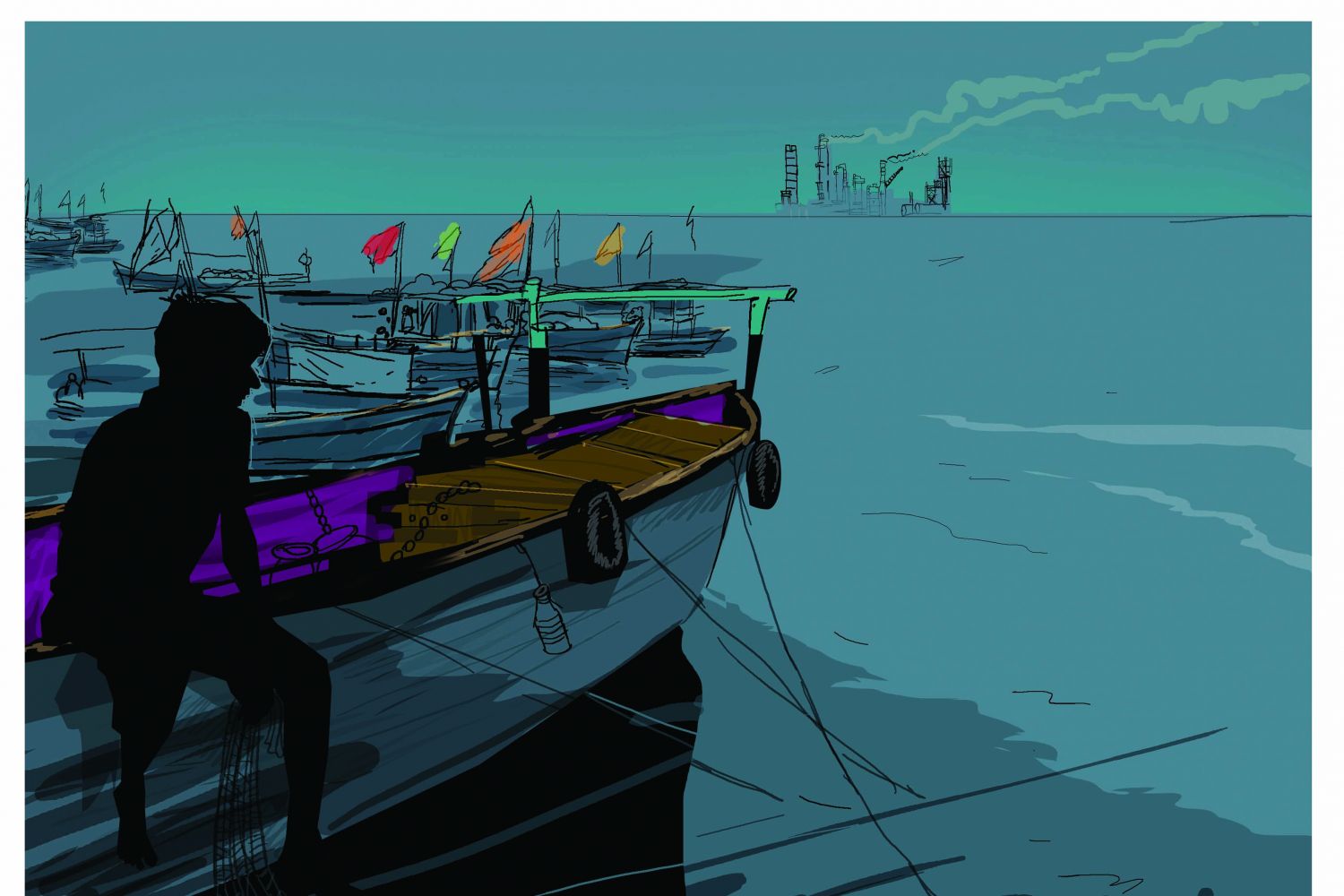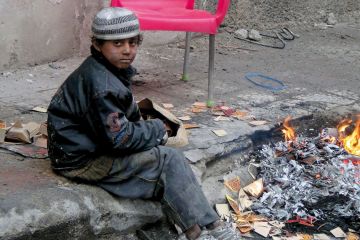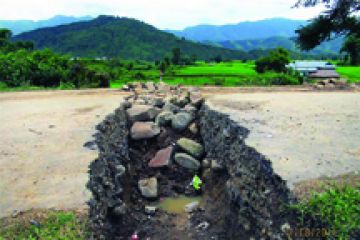
They
watch the sea like their life depends on it. It does. This summer, the
eyes are on water like they have never been before. For this group of
fishermen in Gujarat’s Gulf of Kutch, the moods of the sea this summer
are more than just about livelihoods. For some it’s more than even life
and death. They want the sea to be a willing accomplice; they want it to
smooth out its turbulence, they want it to stay unruffled.They
have a boat yatra planned: they want to touch base with fi





